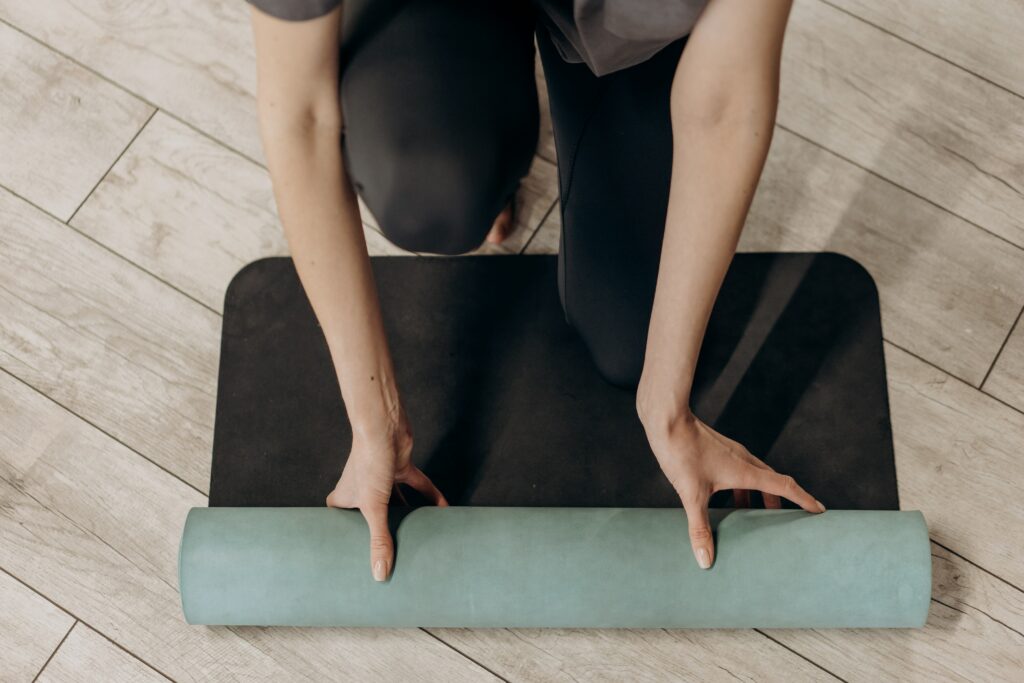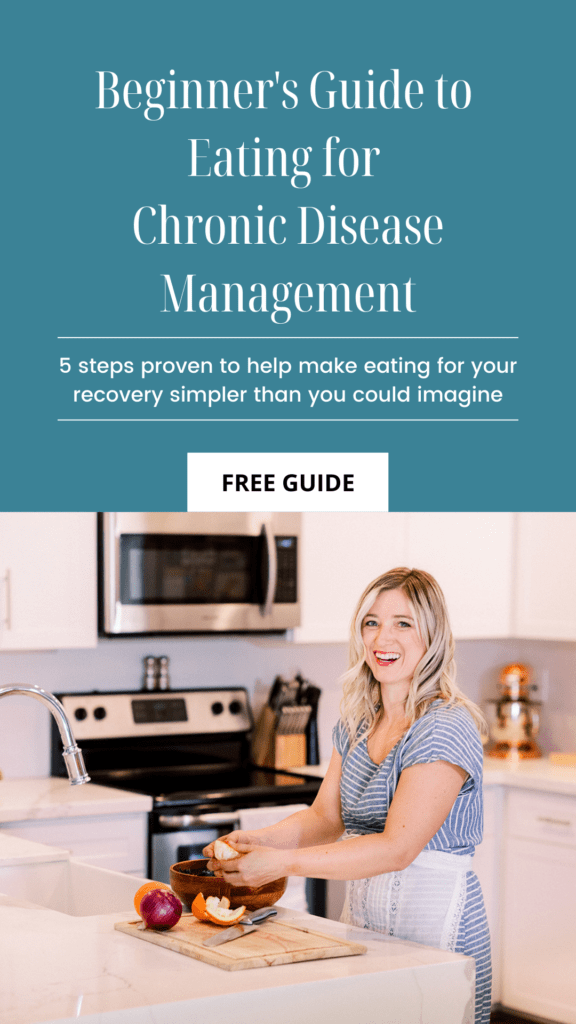Exercise is supposed to be uncomfortable, right? It’s supposed to hurt, especially if you’ve got a disability or a pain disorder to deal with at the same time, correct? Not in our opinion. Working out can make you uncomfortable for brief periods, as you ‘push through the burn’ and try to take your body to its limits, but it should never truly hurt to stay fit.
Because of that, we’ve put together a little guide below regarding pain management techniques. If you find staying fit troublesome thanks to aches, jolts, and various limiting sensations, you can use tips like these to lessen the impact of all three. And above all else, always talk to a doctor about the way you feel when exercising if you’re worried it’s impacting your life.
Find Out Where Your Pain is Coming From
Pain rarely just appears, or has little to no defined cause. Even when there’s no injury, such as in cases of disorders like Fibromyalgia, there’s still a name for what you’re going through. As such, you should pinpoint the pain issue before you do anything else.
If you’ve never been formally diagnosed with something, now might be the best time to chase one down. Work with a service like Lone Star Spine and Pain Institute to get to the heart of the cause, what may be behind it, and how you can proceed with exercising alongside treatment.
Make Sure You’re Breathing Correctly
Correct breathing technique is such an underrated part of working out right. If you’re left gasping for air and feeling like you can’t get enough in your lungs, it’s going to make any pain you’re experiencing worse.
The first thing to do is assess your respiratory health. You could be living with something like ‘sports asthma’, and it’s good to clear the prospect of a serious medical issue before anything else. You never know unless you ask.
After that, it’s a good idea to watch some breathing tutorials for calming heart rate and increasing oxygen flow to your blood and muscles. Overall, the better you breathe, the less uncomfortable a workout is going to be.
Wear Supportive Gear
If you can’t exercise without feeling weakness in certain limbs, or pain in your joints, you might want to investigate the use of supportive gear. Wrist braces, knee braces, armbands, and even shoe insoles, are all good examples of this kind of gear.
If you can’t quite maximize the movement, and it hurts or tires you out to try, putting on items like these could be the best next step. They can help strengthen your muscles, joints, and bones where they really need that extra cushioning. Plus, it’s always safer to workout knowing you’ve done the most you can to remain in control of the way your body reacts.
Adjust Your Movements However You Need to
If supportive gear isn’t quite cutting it, although it has helped you a little, it’s then time to adjust the way you workout. You won’t be any less fit for doing so, and this way you can push yourself a little bit harder if you want to, as long as you’re not experiencing pain during the process.
If you can’t do a full press up, for example, try one with your knees on the ground, or when you’re standing up. If you get into position while standing, leaning your weight on your arms like you usually would when against the floor, you can slowly build up the resistance in your biceps and shoulders. This could make doing a traditional press up a lot easier over the course of a few weeks.
Focus on Your Goal
Sometimes the uncomfortableness comes from a mental place. Sometimes you feel like you don’t want to hit the gym because you have to workout in front of other people. Sometimes you might be feeling down, and like working out right now wouldn’t do anything for you.
In these moments, remember the goals you’ve set. You’ve been working hard and you wouldn’t want to compromise on the progress you’ve made. And never, ever be afraid to talk about this either!
Comfortable exercise shouldn’t be a privilege for the few. It should be something everyone who wants to stay fit can access. If you’re struggling to feel good during your workouts, try to use tips like these to make a difference. A good workout pushes you, but it makes you feel pretty good about it afterwards as well.









